NEGROS OCCIDENTAL, July 29, 2022 – The Special Area for Agricultural Development (SAAD) Program awarded mushroom production projects worth Php 1.7 million to six farmers’ associations (FAs) in Negros Occidental as part of the Department of Agriculture’s (DA) efforts to improve food security and economic growth in rural areas.
Six organizations are involved in the project – five from the Salvador Benedicto municipality and one from the municipality of Calatrava.
Table 1. Mushroom Production Projects under Rice-Related and High-value Crop-Related Interventions in Negros Occidental
| Farmers’ Associations | No. of Members | Agricultural Inputs | Project Cost (Php) |
| Kilusang Pagbabago Mina-utok Upland Farmers’ Association (KPMUFA) |
40 | 2,000 pieces of mushroom fruiting bags, plastic crates, galvanized steel, storage rack, polypropylene plastic, denatured alcohol, isopropyl alcohol, spatula, mixing bowl, polyvinyl chloride (pvc) pipes, and steel drums | 176,650.00 |
| Farmers’ Association of Barangay Igmaya-an (FABI) |
30 | rice bran, crack corn, molasses, agricultural lime, sawdust, digital weighing scale, plastic crates, plastic drums, steel drums, rice grain net, spade, water hose, and wheelbarrow, fruiting bag molders, and materials for housing | 328,750.00 |
| Pandanon Integrated Balangon Farmworkers’ Association, Inc. (PIBFA) |
30 | rice bran, crack corn, molasses, agricultural lime, sawdust, digital weighing scale, plastic crates, plastic drums, steel drums, rice grain net, spade, water hose, and wheelbarrow, fruiting bag molders, and materials for housing | 328,750.00 |
| Tribu Bukidnon Barangay Bago Farmers’ Association (TBBBFA) |
30 | rice bran, crack corn, molasses, agricultural lime, sawdust, digital weighing scale, plastic crates, plastic drums, steel drums, rice grain net, spade, water hose, and wheelbarrow, fruiting bag molders, and materials for housing | 318,750.00 |
| Benejewan Integrated Social Forestry Farmers’ Association (BISFFA) |
30 | rice bran, crack corn, molasses, agricultural lime, sawdust, digital weighing scale, plastic crates, plastic drums, steel drums, rice grain net, spade, water hose, and wheelbarrow, fruiting bag molders, and materials for housing | 318,750.00 |
| Kumaliskis Integrated Social Forestry Farmers’ Association (KISFFA) |
30 | rice bran, crack corn, molasses, agricultural lime, sawdust, digital weighing scale, plastic crates, plastic drums, steel drums, rice grain net, spade, water hose, and wheelbarrow, fruiting bag molders, and materials for housing | 318,750.00 |
| Total | 190 | 1,790,400.00 |
These FAs with 190 first-line beneficiaries partaking in the mushroom cultivation venture relatively depend on planting backyard vegetables such as eggplant, tomato, okra and squash, among others as their main source of living. Their harvested crops are often used for home consumption, sometimes traded to the public market. In Salvador Benedicto, upland farmers also grow pineapple and root crops which best thrive under the town’s fertile soils and cool weather.
Mushroom Industry in Negros Occidental
Mushroom farming gradually hypes over the years as more people appreciate the nutritious fungus with its high content of vital micro-nutrients and protein. Used for gastronomy and other medicinal properties, mushrooms are usually regarded as a delicacy, not just in the Philippines but in other Asian countries as well. There are 10 varieties of edible and medicinal mushrooms grown in the country such as paddy straw, oyster, shiitake, button, ear fungi, milky, yellowish oyster, reishi, lion’s mane, and king tuber oyster.
According to the Office of the Provincial Agriculturist (OPA) – Negros Occidental, mushroom is one of the complementing commodities of the province under its organic agriculture program. Mushroom waste substrate can be converted into valuable material by vermicomposting which farmers can utilize as organic fertilizer for their vegetable production projects from OPA.
Mr. Alex Lecciones, Provincial Agriculturist II of OPA, said they are assisting local growers by providing them demonstration and distribution services through the provincial government-run mushroom laboratory at the Panaad Park and Stadium in Barangay Mansilingan, Bacolod City. As part of their assistance, growers receive materials for mushroom cultivation for a startup production as well as training on mushroom production and processing.
Aside from individual and group growers, the mushroom laboratory also caters to groups of mushroom growers, covering about 7,500 square meters of backyard-type plantations in the cities of Bacolod and Himamaylan and the municipalities of Hinigaran and Murcia.
In terms of volume, commercial growers currently produce an average of 360 to kilograms of Oyster mushrooms weekly, OPA records showed.
Mr. Lecciones pointed out that growing mushrooms involves thorough procedures, thus, the province provides monthly training among local growers. Aside from demonstration, the mushroom laboratory also supplies them planting materials at cheaper prices – Php 100-150 for planting and mother spawn, respectively.
Mr. Lecciones said the province is utilizing the sales generated to fund the training and purchase of revolving materials, mainly mushroom spawns.
“There is currently a potential market for mushrooms,” Mr. Lecciones said in an interview with Bacolod Sunstar. He added that the province is still in deficit in terms of supply which local growers may take as an opportunity to increase their production.
With the constant demand for mushroom produce in the entire Negros, SAAD farmers proposed mushroom cultivation to be their livelihood projects this year which was eventually approved seeing this will expand food production and commodities from rice to other crops.
The local government units and the Municipal Agriculture Office were also supportive of the said high-yielding venture for its area suitability and additional source of income for the beneficiaries’ basic needs.
Salvador Benedicto
Salvador Benedicto has fertile grounds ideal for farming so most, if not all, upland farmers from the said associations cultivate rice, cucumber, tomato, ginger, pineapple, eggplant, among others. However, most barangays have poor access to farm-to-market roads so farmers struggle in terms of marketing their products to the nearby communities.
Five FAs in the municipality were selected to be the recipients of SAAD FY 2022 Mushroom Production Projects worth Php 1,613,750. Delivered last June 29, the initial inputs included rice bran, crack corn, molasses, agricultural lime, sawdust, digital weighing scale, plastic crates, plastic drums, steel drums, rice grain net, spade, water hose, and wheelbarrow. The remaining components of the intervention set to be delivered this August are fruiting bag molders and materials for housing of mushroom production.
Benefitting the project are 30 members each from FABI, PIBFA, TBBBFA, BISFFA, and KISFFA with a total consolidated production area of 0.5-hectare.
Unlike the FA in Calatrava who already received mushroom fruiting bags, these groups instead acquired raw materials since they are aiming to produce mushroom fruiting bags to supply growers not just in their municipality but also for neighboring areas.
Said FAs will be having their training in mid-August once all of the inputs are delivered completely. While waiting for their schedule, beneficiaries received information, education and communication (IEC) materials produced by the Regional Agriculture and Fisheries Information Section (RAFIS) that supplemented their ideas on the methods of growing mushrooms. To note, provincial implementers postponed the onsite training set in early June due to inclement weather. Topics include life cycle of mushrooms, mushroom composting, production of mushroom fruiting bags, factors in mushroom cultivation, preparation to start mushroom farms, and handling and storage of pure culture mushrooms.
Calatrava
On June 29, the Kilusang Pagbabago Mina-utok Upland Farmers’ Association (KPMUFA) initially received 2,000 pieces of mushroom fruiting bags worth Php 176,000 for their communal area (32 square meters). The group opted for mushroom cultivation as supplemental livelihood to their existing banana production since parts of waste materials from a banana tree such as rolled bases of banana leaves, dried stalk, and trunk can be used as a bulk material that mycelium or rootlike structure of fungi can use for energy and nutrition in edible mushroom cultivation. Using waste materials from banana trees would greatly reduce production cost for their mushroom cultivation.
The remaining project inputs which include materials for value-adding such as plastic crates, galvanized steel, storage rack, polypropylene plastic, denatured alcohol, isopropyl alcohol, spatula, mixing bowl, polyvinyl chloride (pvc) pipes, and steel drums are set to be delivered within third quarter of this year.
While acknowledging that it was their first-time cultivating mushrooms, Mrs. Susana Onop, vice-chairperson of KPMUFA said they still pursued this venture to help their association gain sustainable income from the sales of the nutritious fungus as well as produce value-added products out of their harvest.
Demand for meat alternatives is also growing with people becoming more conscious and cautious about their diet, thus, mushroom, which is high in protein and has no fats, is also a good alternative. One could earn more through mushroom processing like producing mushroom chicharon (crisp), chili paste, tocino, jam, candy, instant soup mix, among others. ###
Writer: CJ Gamarcha, DA-SAAD Region 6 Information Officer

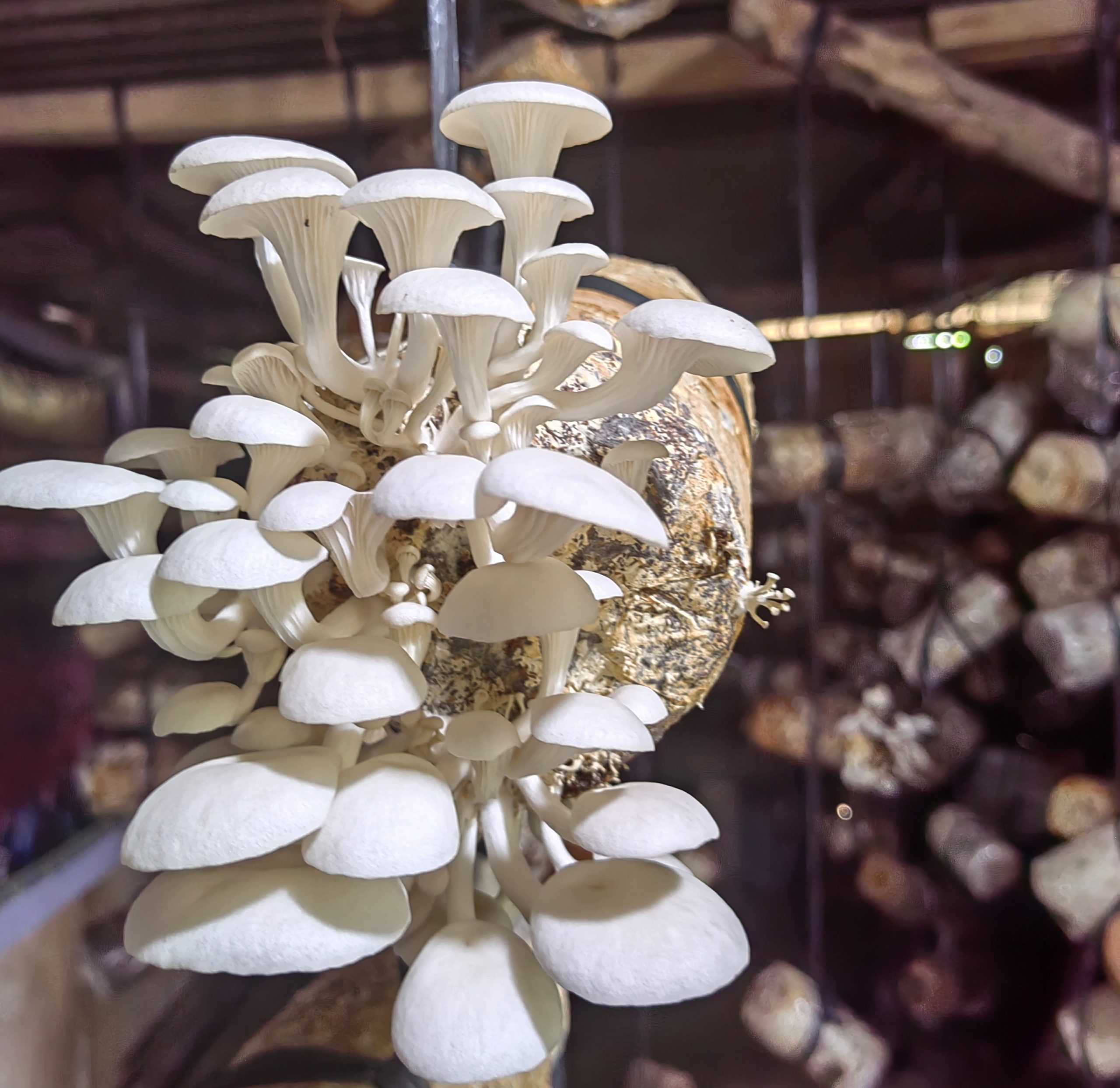
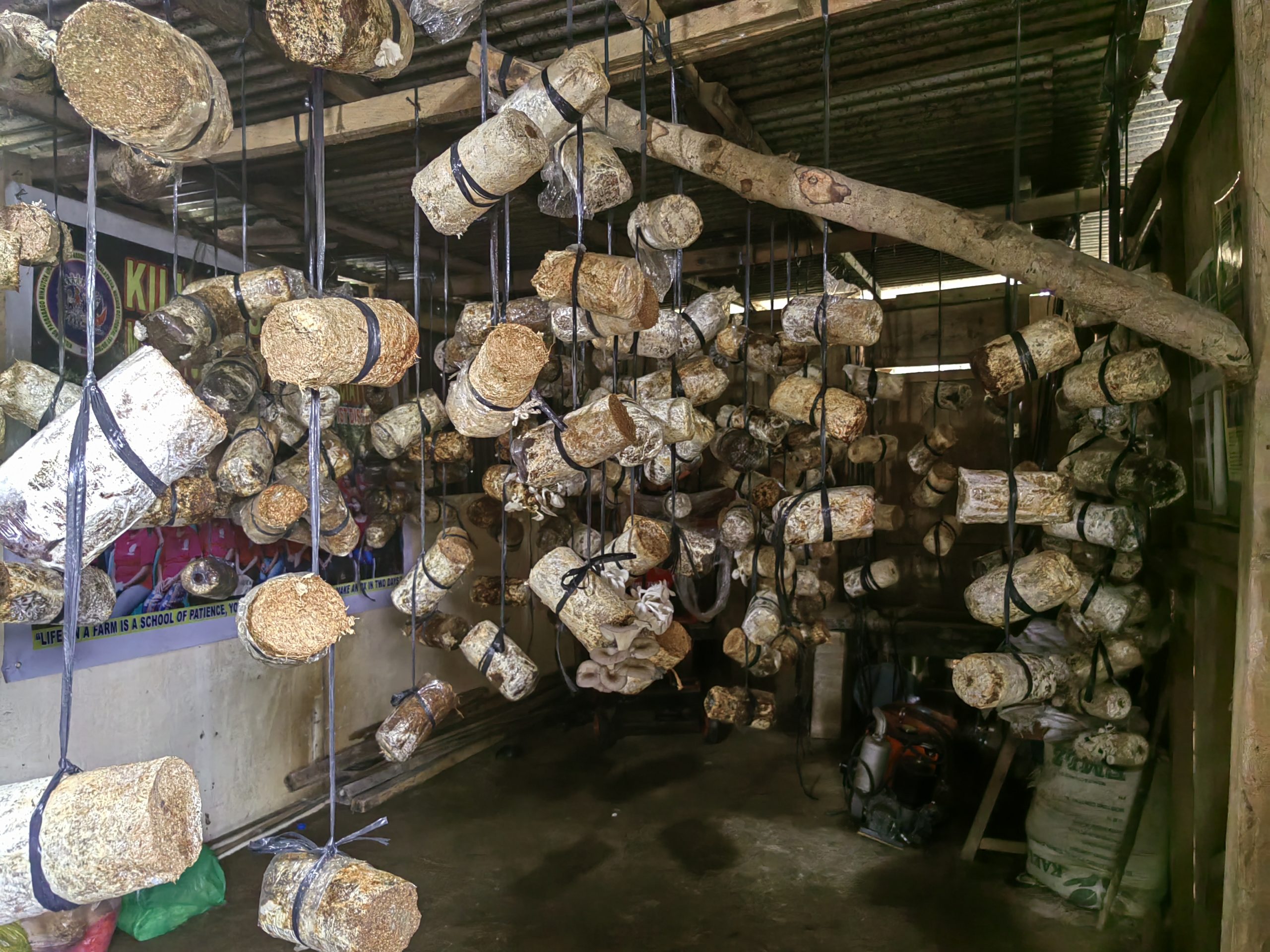
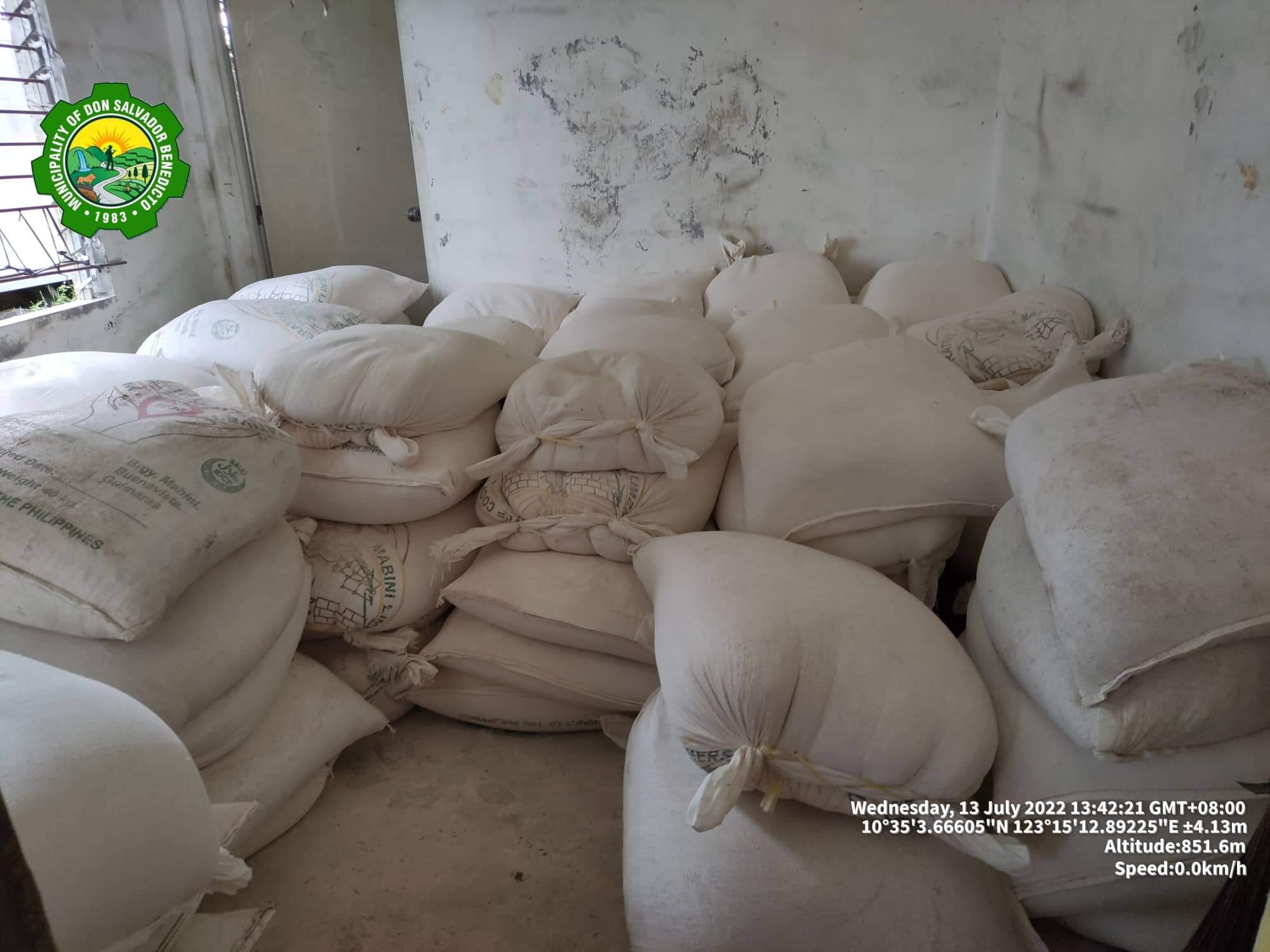
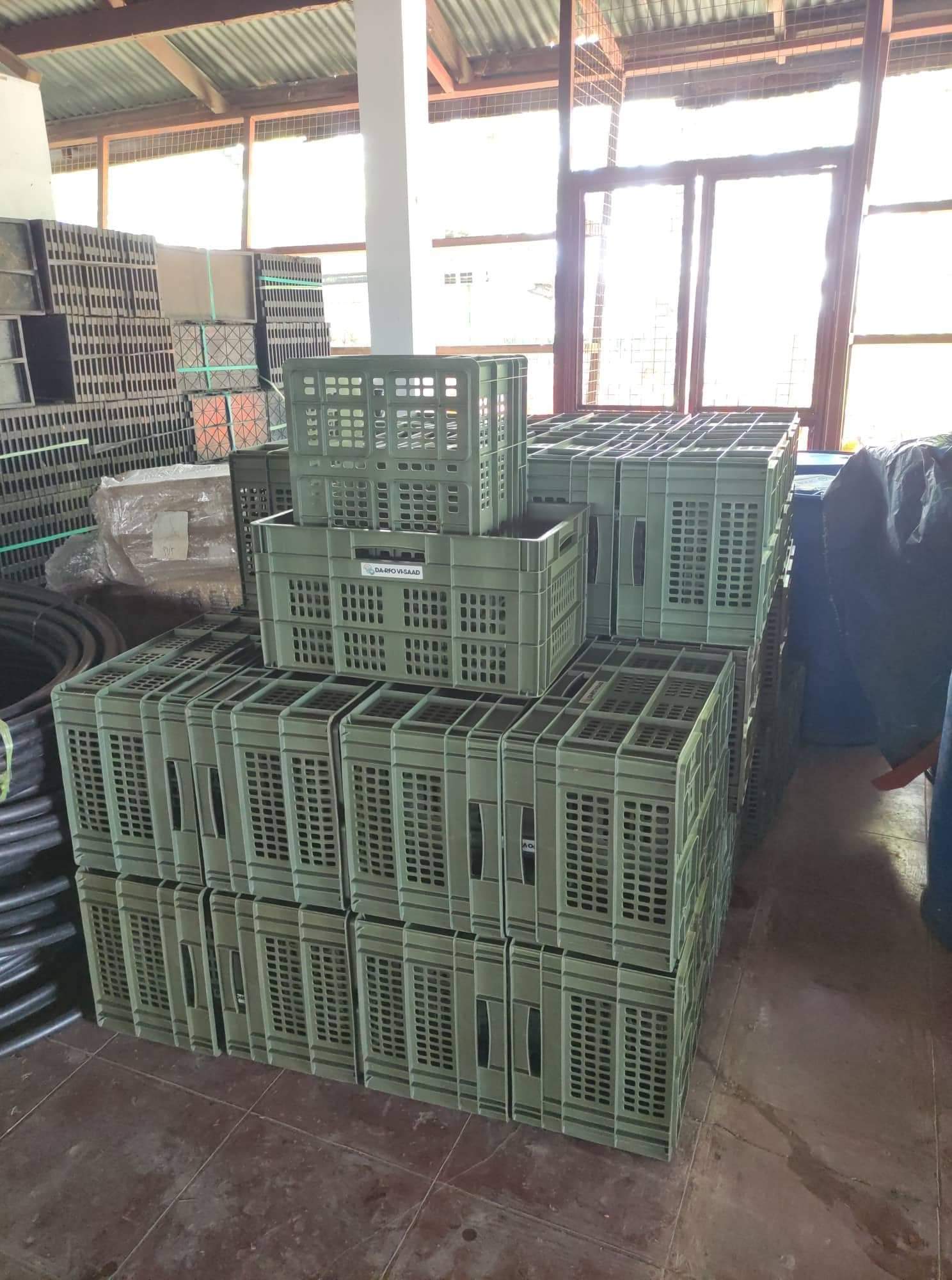
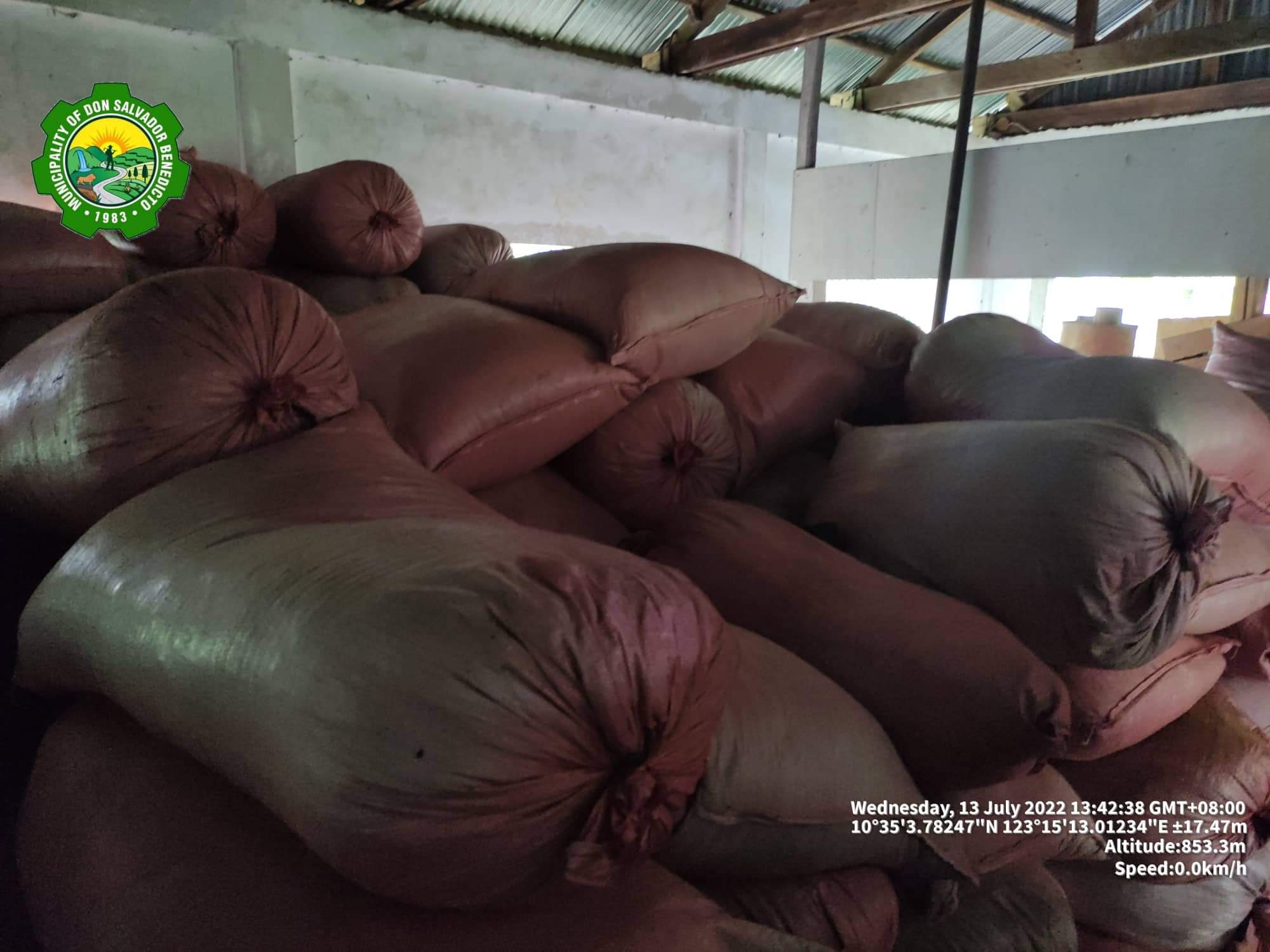
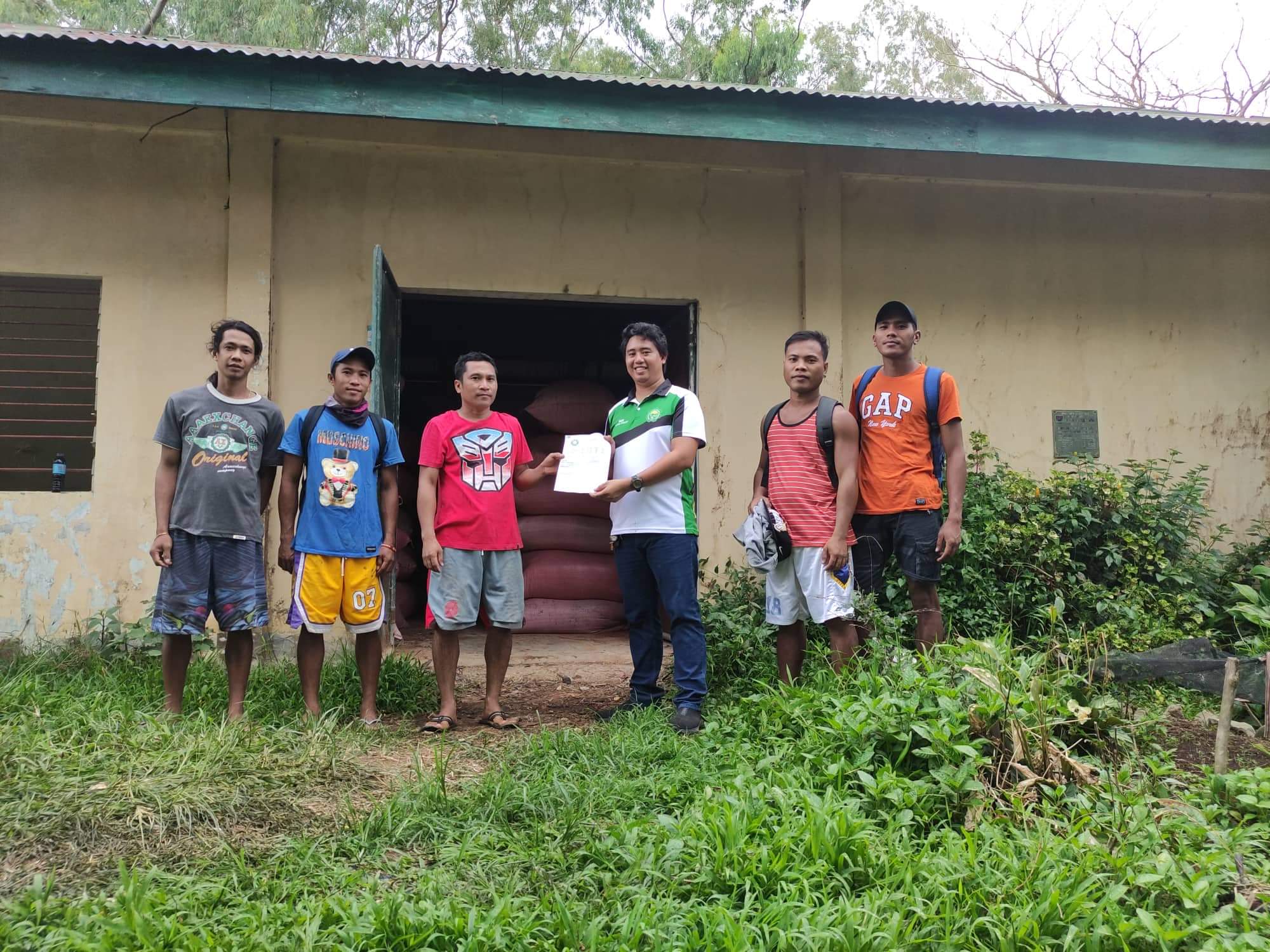
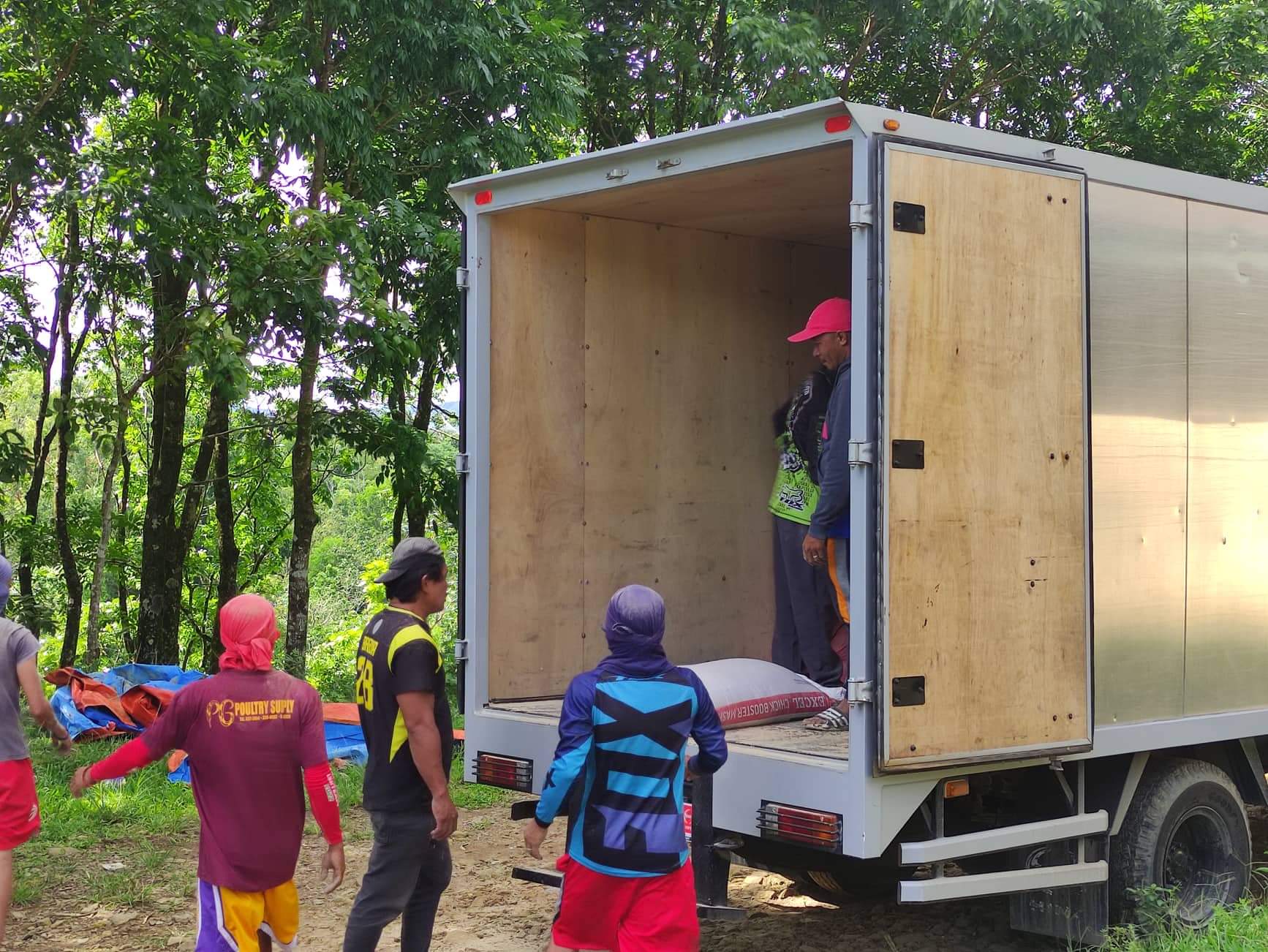
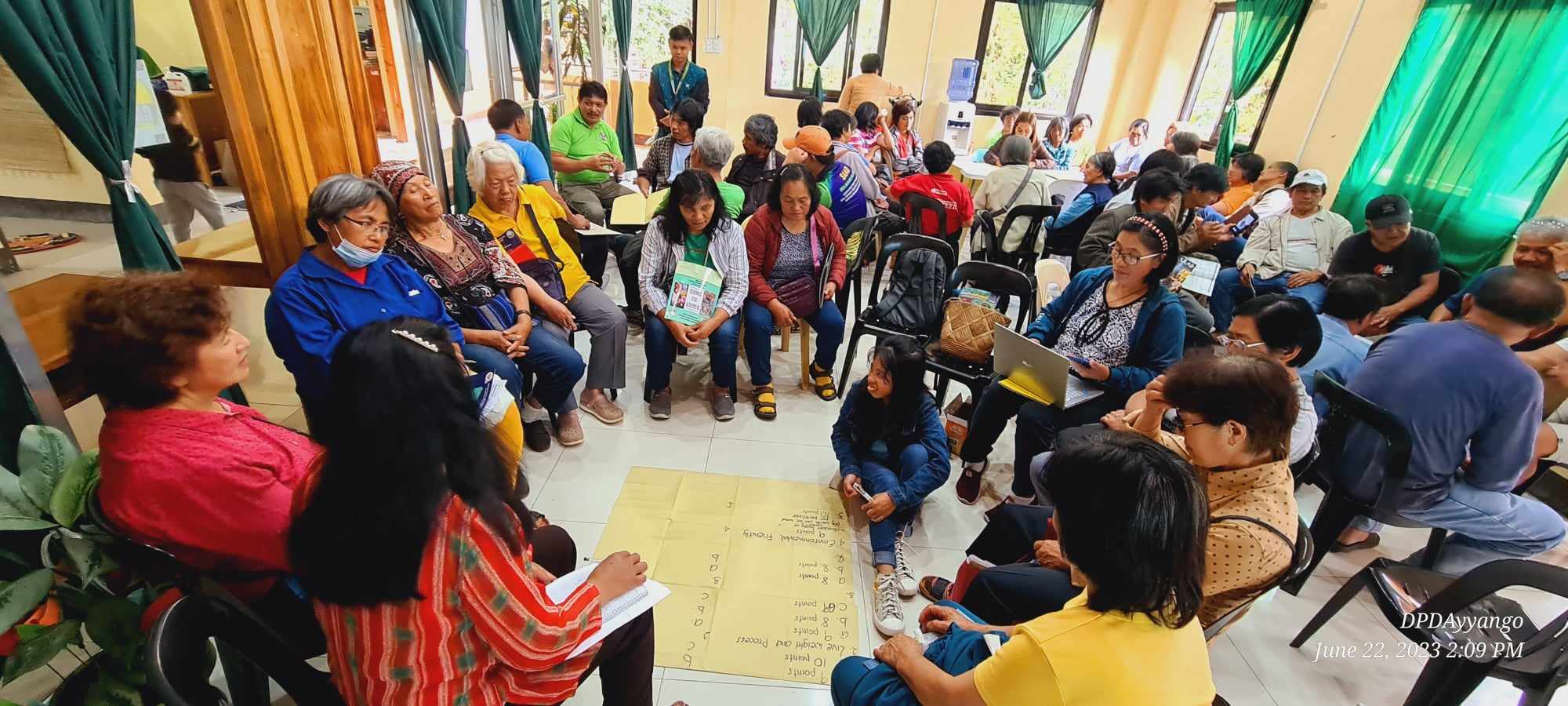
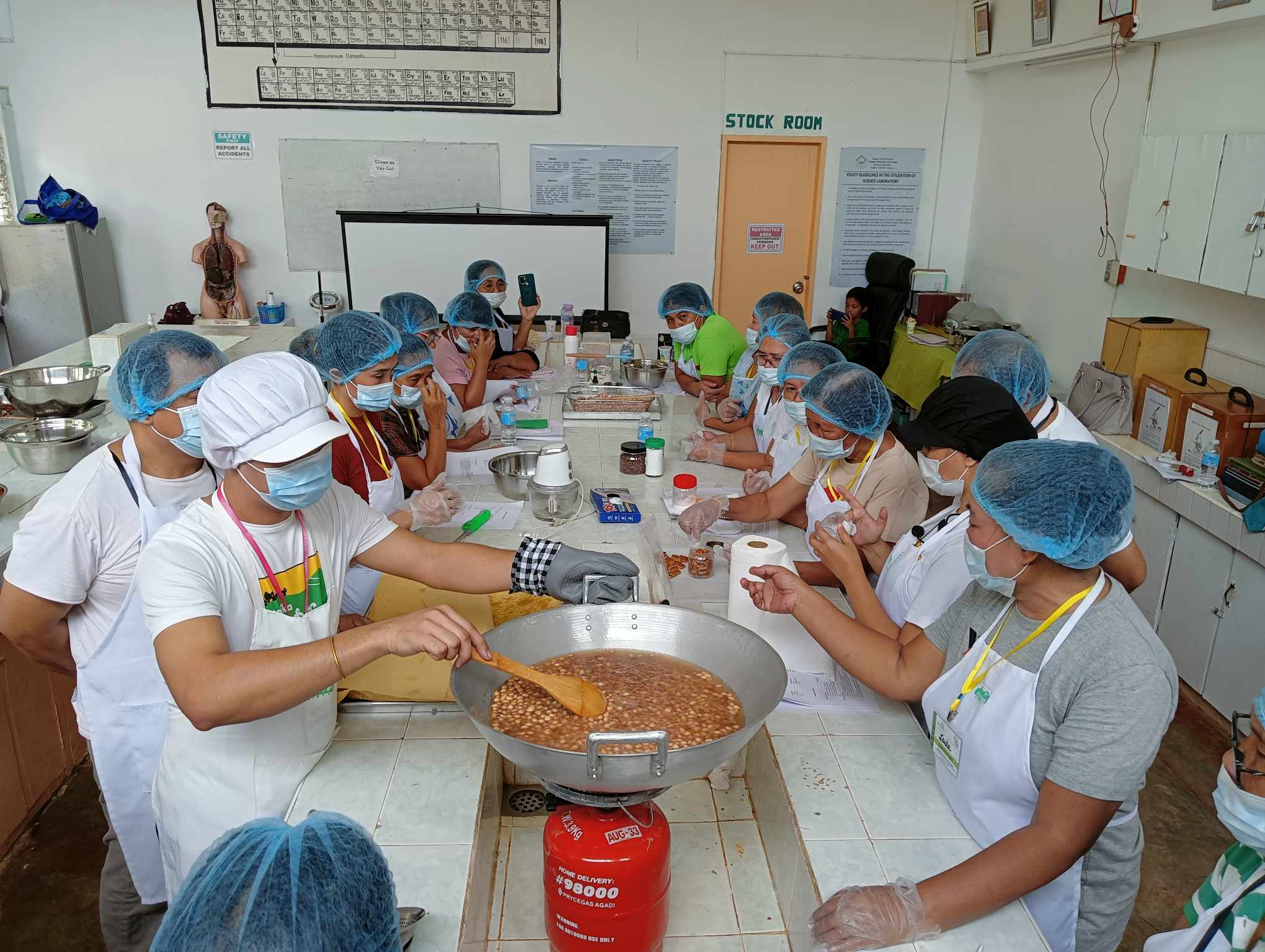
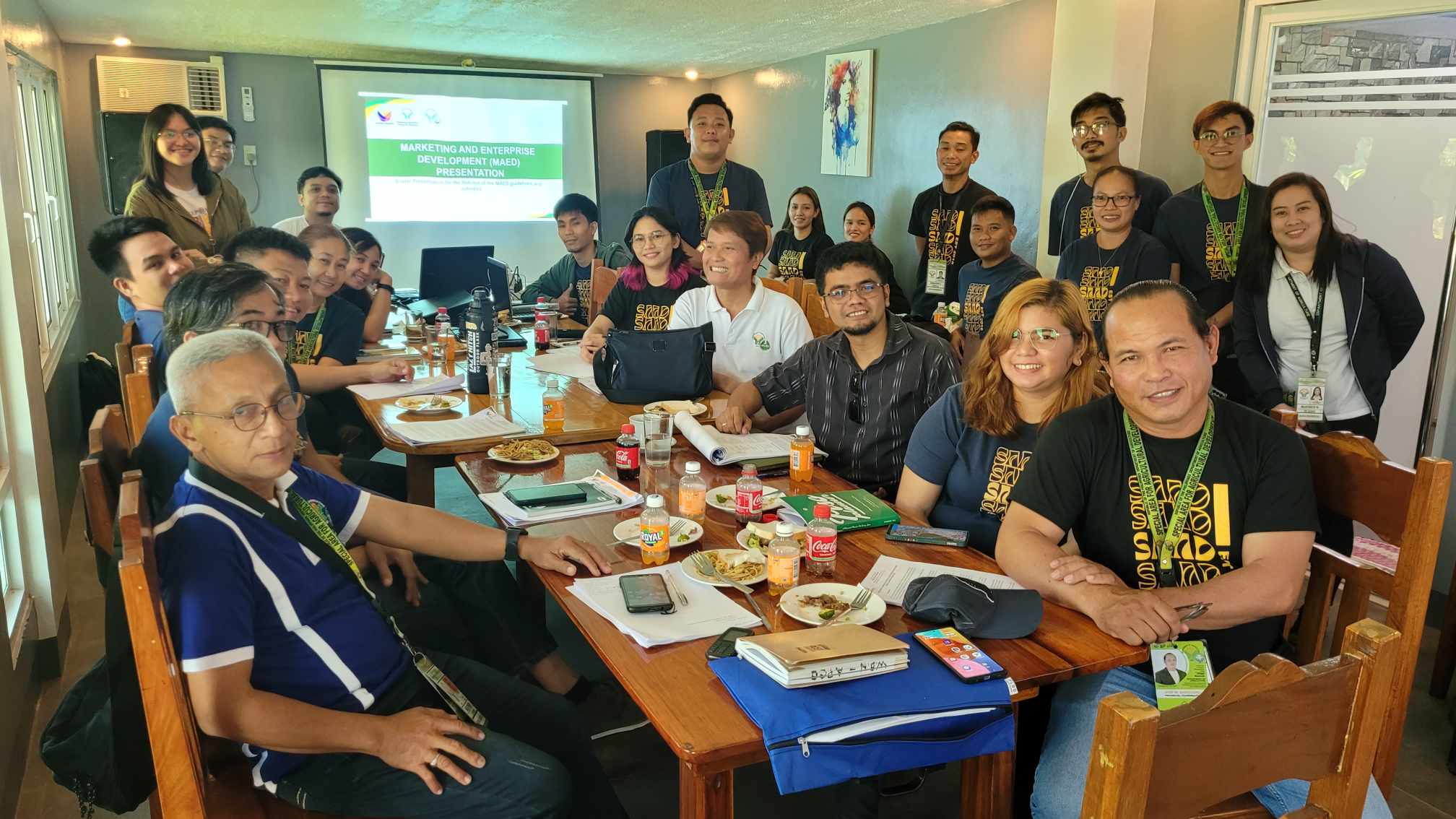
This Post Has 0 Comments